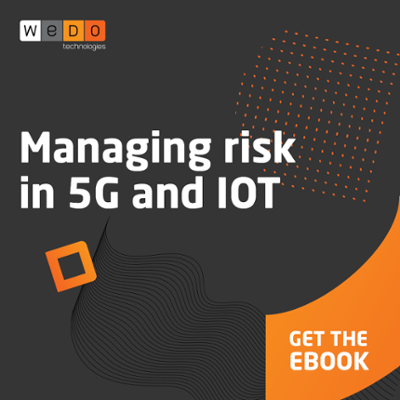It is no secret that the communications industry is experiencing a transformation like no other before it. And with recent reports that revenue driven by 5G will reach $300 Billion by 2025, communications service providers (CSPs) across the globe are collectively investing $50 Billion in order to support the next generation services, partner ecosystems and business models that 5G will foster. However, a comprehensive risk management solution that integrates fraud management and revenue assurance must be part of the plan to protect this investment.
As CSPs begin to launch new 5G services, they will start to roll out new innovative billing models. These monetization opportunities open the door to a fresh approach beyond the standard rating and charging designed for connectivity usage.
5G network slicing is one such use case that demonstrates the potential for new business models to be applied in the 5G era. Consider a surveillance camera service provided by a CSP that uses two different network slices - each with different performance and cost characteristics, an Enhanced Mobile Broadband (eMBB) network slice provides low-cost connectivity, suitable for always-on low-resolution access, and uses specific tariffs and units of measurement for charging. When it’s necessary to zoom in on the camera image, users can rely on a high-resolution access, which is provisioned in a more expensive Ultra Reliable Low Latency Communication (URLLC) network slice. This URLLC network slice is configured at a different charging tariff and uses a different unit of measurement for charging.
This use case is just one example of many possible scenarios where CSPs can allocate different 5G slices to different services at different billing models and prices. Ultimately these new use cases will require defining which devices on a data plan are allowed higher data demands, tracking the levels of network congestion at any given time and offering slower bandwidth options through a variety of competitive pricing models to meet customer demand. From a billing and charging perspective, these changes will put tremendous pressure on CSPs to upgrade their policy and charging solutions in order to keep up with the demand that connected devices will generate - and monitor and control any potential for revenue leakage with their customers and B2B partners.
In addition, as a CSP’s value proposition shifts towards an ecosystem-driven model that includes not only connectivity, but also partner management, shared customers, and shared revenues, these opportunities will come with new risks from the many stakeholders, and also new requirements for risk management.
By releasing new services beyond the traditional communications portfolio, 5G adds the availability of real-time data streams and increases the number of customer interactions with CSPs. This potentially results in a better customer experience, increased retention, and also allows for a 360○ view of the customer for risk management purposes (such as fraud).
However, CSPs need to be aware that by releasing new services that fall outside of their traditional communications portfolio, the datapoints for risk management no longer remain solely in their own OSS/BSS. All communications data is now the sum of data generated by the relationships of the partners themselves. How they process the data they receive - and how they respond and act upon it - in itself will create effects on how far they’re extending their risk management coverage.
The infinite number of potential use cases for connecting things to the Internet and the growing ecosystem of players will bring added complexity that will increase the opportunity for bad actors to find new ways of cheating the system. For example, IoT and eSIMs welcome new opportunities for traditional types of telecom fraud, such as subscription fraud, international revenue share fraud (IRSF) and traffic pumping, to make a resurgence. Add to this the growing use of digital channels, and CSPs are left vulnerable to new types of online fraud such as synthetic identity fraud and account takeover.
With 5G it becomes more apparent that CSPs will require robust risk mitigation methodologies and auditing capabilities for billing and rating validation. This is only possible with the power of advanced analytics, AI, machine learning and automation, which will be required to process and manage the sheer volume, velocity and variety of data that a 5G network will generate, while also improving the ability for CSPs to spot known fraud threats - and new, unknown ones as well.
Don’t let the opportunity to truly capitalize on your 5G investment be lost by failing to address risk management requirements today.
This article is a condensed version of a previously published article, which can be read in full in the May 2019 issue of Pipeline.




Let Us Know What You Thought about this Post.
Put your Comment Below.